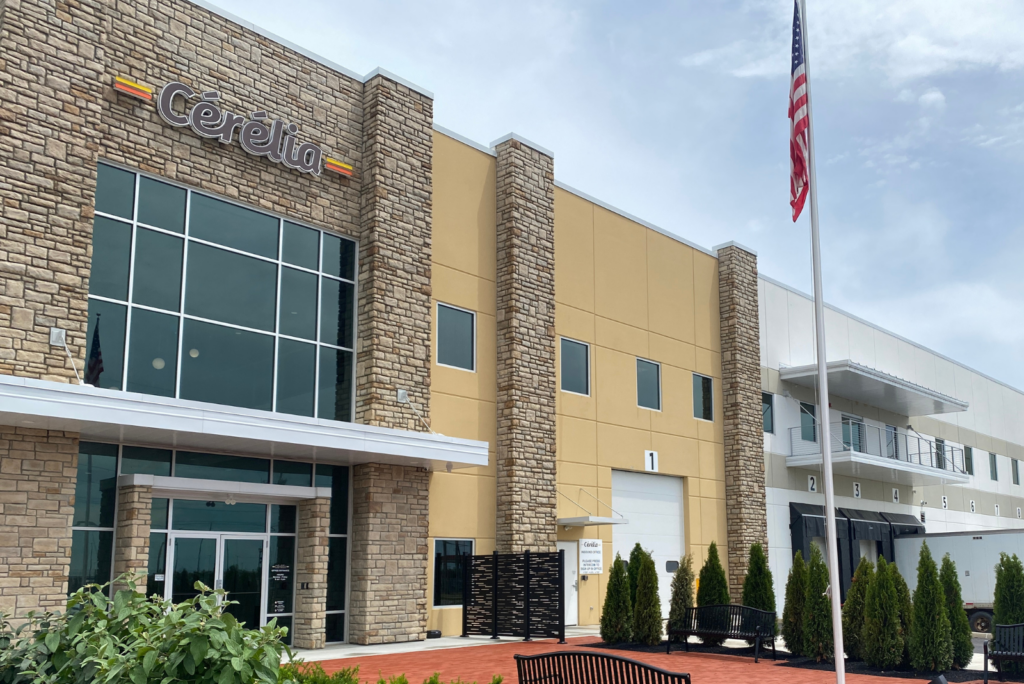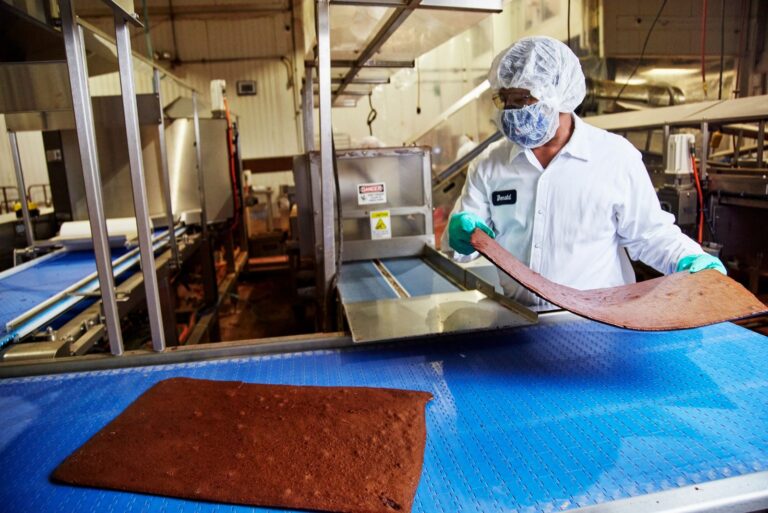WHITEHALL, OH — Bold. Then lucky. That’s the formula for a successful startup during perhaps the most challenging time in the history of the baking industry.
It’s also the key takeaway from Cérélia, a Paris-based producer of branded and private-label frozen and refrigerated dough, after starting up a new 160,000-sq.-ft. facility in the height of the pandemic.
In commercial bakery production, timing is everything. Cérélia’s timing was bold, to say the least, and included developing a greenfield building in Whitehall, OH, during the early stages of COVID amid shutdowns, supply chain disruption and massive uncertainty.
But the move was also lucky, as the withering construction business afforded Cérélia its pick of contractors to execute the project.
“We had everything we needed, and everyone was happy to have activity going again,” said Claude Le Bourg, Cérélia group COO.
Building a new facility during COVID was quite unusual and not without its challenges. Most of the company’s leadership was based overseas at a time when international travel regulations were changing every month — and at every border. To get from groundbreaking to startup, relationships with vendors, contractors, government officials and attorneys had to be as rock solid as the foundation walls.
Operating nine facilities in five European countries, Cérélia has a reputation for not only its product quality and production efficiency but its agility to take on new product development.
The team found that working with European partners with a strong foothold in the US provided reliability with the added bonus of easy access to the plant. And the familiarity of US standards — especially for food safety — placed a high value on state-side experience.










